Art of the Armadillo World Headquarters
1972
The Armadillo was gaining traction as a Live Music Destination just in time for Willie Nelson and Outlaw Country to change the face of music by getting a little Austintatious.
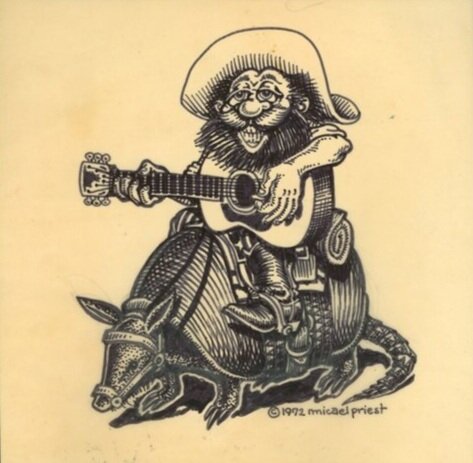
1972 was a big year for the Dillo. The addition of a beer garden brought a new charm to the venue, bigger acts were performing, more artists (like Micael Priest) were printing, and the music industry was rocked when typical country music stars started to turn Outlaw, and shun the corporate, industry feel of Nashville.


The joyous whoop that Sonny Terry naturally emitted between raucous harp blasts was as distinctive a signature sound as can possibly be imagined. Only a handful of blues harmonica players wielded as much of a lasting influence on the genre as did the sightless Terry (Buster Brown, who for one copied the whoop and all), who recorded some fine urban blues as a bandleader in addition to serving as guitarist Brownie McGhee's longtime duet partner.
Saunders Terrell's father was a folk-styled harmonica player who performed locally at dances, but blues wasn't part of his repertoire (he blew reels and jigs). Terry wasn't born blind, he lost sight in one eye when he was five, the other at age 18. That left him with extremely limited options for making any sort of feasible living, so he took to the streets armed with his trusty harmonicas. Terry soon joined forces with Piedmont pioneer Blind Boy Fuller, first recording with the guitarist in 1937 for Vocalion.
Terry's unique talents were given an extremely classy airing in 1938 when he was invited to perform at New York's Carnegie Hall at the fabled From Spirituals to Swing concert. He recorded for the Library of Congress that same year and cut his first commercial sides in 1940. Terry had met McGhee in 1939, and upon the death of Fuller, they joined forces, playing together on a 1941 McGhee date for OKeh and settling in New York as a duo in 1942. There they broke into the folk scene, working alongside Leadbelly, Josh White, and Woody Guthrie.
While Brownie McGhee was incredibly prolific in the studio during the mid-'40s, Terry was somewhat less so as a leader (perhaps most of his time was occupied by his prominent role in Finian's Rainbow on Broadway for approximately two years beginning in 1946). There were sides for Asch and Savoy in 1944 before three fine sessions for Capitol in 1947 (the first two featuring Stick McGhee rather than Brownie on guitar) and another in 1950.
Terry made some nice sides in an R&B mode for Jax, Jackson, Red Robin, RCA Victor, Groove, Harlem, Old Town, and Ember during the '50s, usually with Brownie close by on guitar. But it was the folk boom of the late '50s and early '60s that made Brownie and Sonny household names (at least among folk aficionados).
They toured long and hard as a duo, cutting a horde of endearing acoustic duet LPs along the way, before scuttling their decades-long partnership amidst a fair amount of reported acrimony during the mid-'70s.



Bill Graham was a famous live-music promoter. After a tumultuous upbringing as a Jewish orphan during the rise of Nazism and WWII, Graham found himself in San Francisco promoting the take over of hippy/counter culture. He was close with the creators of The Family Dog art house, many of whom happened to be Austin natives.
Graham, and the shows he produced at the Armadillo, helped foster the exchange of culture between San Francisco and Austin in the 1960s and 70s.


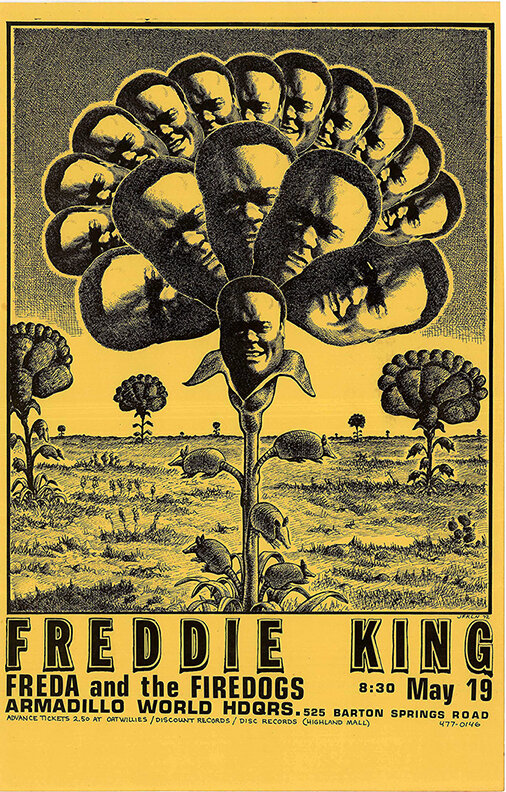



In 1972 Willie Nelson changed his career and life with his first performance on August 12, 1972 at the Armadillo World Headquarters. After becoming disenchanted with the Nashville music machine and having some personal issues implode, Willie moved back to Texas and met up with the young bunch of folks at the ‘dillo. They embraced him, produced that first concert and, well, the crowd went wild! While not the first moment of the Country Outlaw scene it was the catalyst that brought Waylon Jennings and others to town and began the trajectory that created a music movement.

That’s really Willie in the middle!





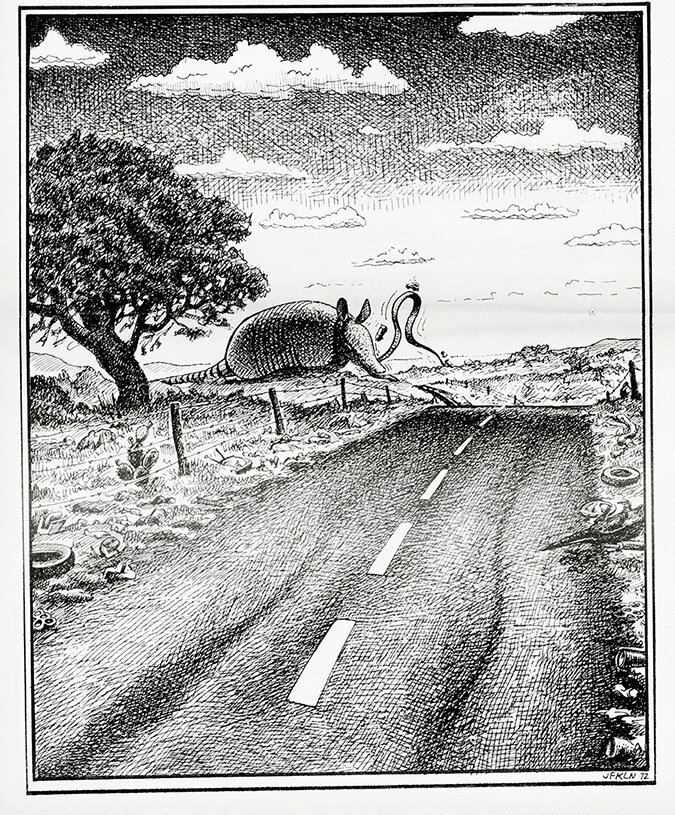

This calendar from October 1972 exhibits the breadth and variety of performances held at the Armadillo World Headquarters. Some were pretty typical of Texas Music Venues, some were way far out! From Peter Frampton early on in his solo career, to Etta James, to Ballet, Blue Grass, a school benefit, a punkin’ stomp, and so much more. The culture surrounding the Dillo was starting to become a unique experience with its own groovy aesthetic; a real Live Music Destination.



Now 85 years old, Jerry Lee Lewis was born on September 29th, 1935, in Ferriday, Louisiana. He began playing the piano at age 9, copying the styles of preachers and black musicians that traveled through the area. He signed with Sun Records in 1956 and quickly became a star. He was the first person inducted into the first class of the Rock and Roll Hall of Fame in 1986.
With his innovative and flamboyant piano playing style, Jerry Lee Lewis emerged as one of rock music’s early showman in the 1950s. His musical talents became apparent early on in life. He taught himself to play piano and sang in church growing up. Lewis listened to such radio shows as the Grand Ole Opry and Louisiana Hayride. Jimmie Rodgers, Hank Williams and Al Jolson were some of his early influences.
When he was 10, Lewis’ father mortgaged the family farm to buy Jerry Lee his first piano. He gave his first public performance at the age of 14, wowing the crowd gathered for the opening of a local car dealership with his piano prowess. With little formal education, he basically gave up on school around this time to focus on his music.
Lewis eventually ended up in Memphis, Tennessee, where he found work as a studio musician for Sun Studios. In 1956, he recorded his first single, a cover of Ray Price’s “Crazy Arms,” which did well locally. Lewis also worked on some recording sessions with Carl Perkins. While working at Sun, he and Perkins jammed with Elvis Presley and Johnny Cash. This session by the “Million Dollar Quartet” was recorded at the time, but it was not released until much later.
In 1957, Lewis became a star with his unique piano-driven sound. “Whole Lotta Shakin’ Goin’ On” became a hit on the pop, country and R&B charts. By this time, Lewis had also developed some of his famous stage antics, such as playing standing up and even lighting the occasional piano on fire. He had such energy and enthusiasm in his performances that he earned the nickname “The Killer” for the way he knocked out his audiences.
Lewis was on a roll with his next single, “Great Balls of Fire,” proving to be another big hit in December 1957. The following March, Lewis struck again with “Breathless,” which made into the Top 10 of the pop charts.
In the 1960s, Lewis returned to the music of his youth. He found a new career as a country artist, scoring a hit with 1968’s “Another Place, Another Time.” Lewis recorded several country albums over the next few years, including 1970’s Olde Tyme Country Music and 1975’s Boogie Woogie Country Man.
Lewis never left the rock world completely. In 1973, he did well on the album charts with “The Session”. He revisited some of his older songs as well as the works of Chuck Berry and John Fogerty on this popular recording.
When he was inducted into the Rock and Roll Hall of Fame’s first class in 1986, there was a strong resurgence in his rock & roll career and music. A new generation of listeners got introduced to Lewis through the 1989 biopic “Great Balls of Fire”, when Lewis was played by actor Dennis Quaid.
This nearly lifelong musician and singer continues to record new music and perform around the world. For 2006’s “Last Man Standing”, Lewis sang a number of rock, blues and country classics with some help from such famous admirers as Mick Jagger, Keith Richards, Kris Kristofferson, Willie Nelson and Buddy Guy. Collaborator Kristofferson described Lewis as “one of the few who can do rock ‘n’ roll, country or soul, and every song is authentic.” He told USA Today that Lewis is “one of the best American voices ever.”
Lewis and Kristofferson worked together again on Lewis’s next effort, 2010’s “Mean Old Man”. The all-star guests on this release included Eric Clapton, Tim McGraw, Sheryl Crow, Kid Rock and John Fogerty among others.
In April of 2013 Lewis opened Jerry Lee Lewis’ Café & Honky Tonk on historic Beale Street in Memphis, Tennessee. It is filled with one of the Killer’s pianos, a motorcycle, photos, and memorabilia, along with great food and live music.
2014 kicked off Jerry Lee’s “80th Birthday Tour” with shows across the country, from California to Tennessee to New York. The Killer is also traveling to Europe.
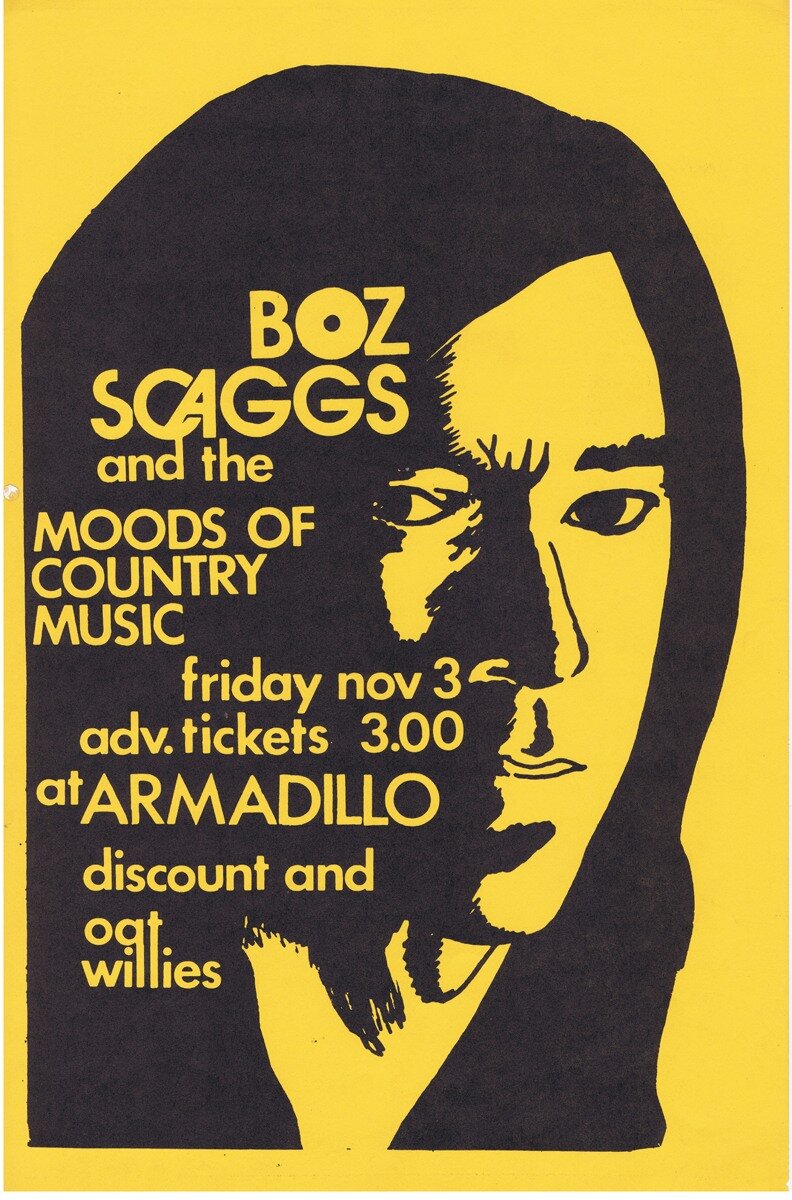

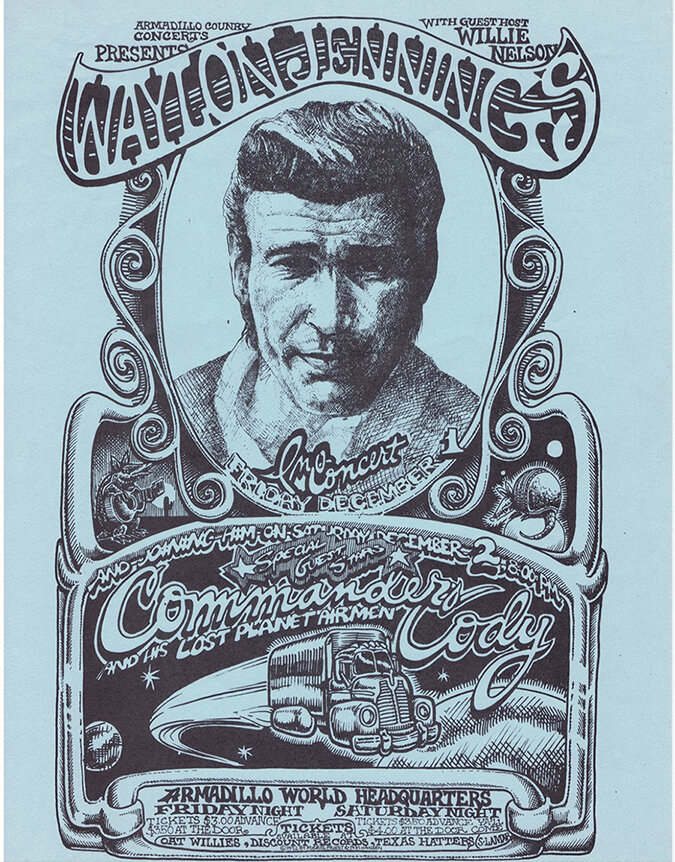

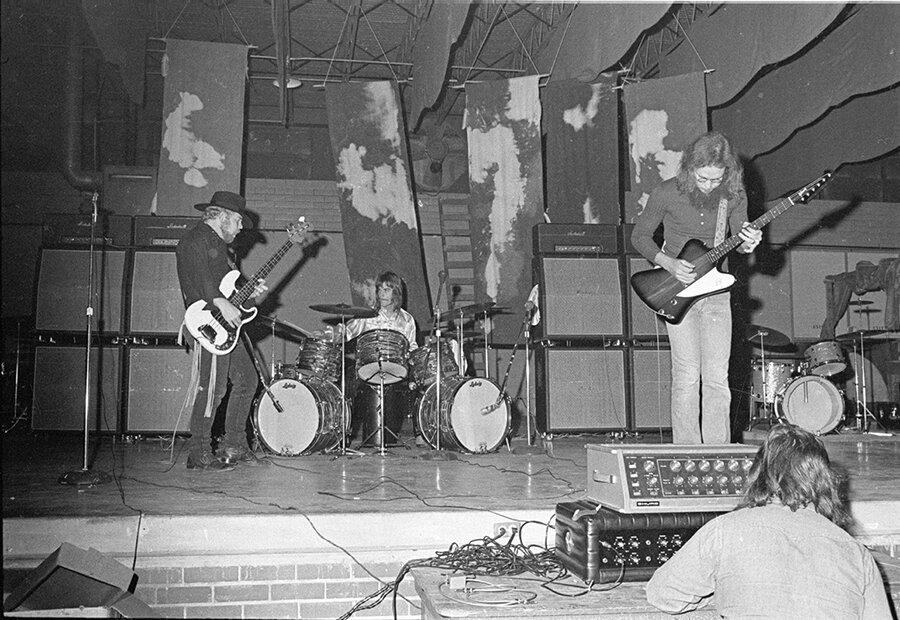
Z.Z. Top before the beards! Still very sharply dressed.

































